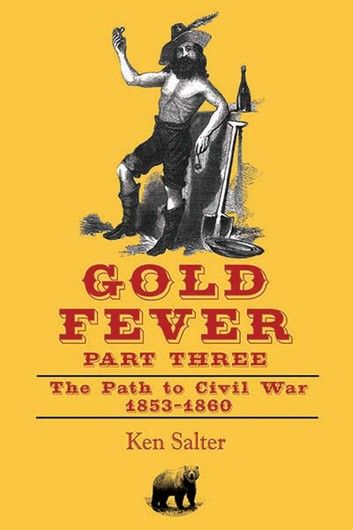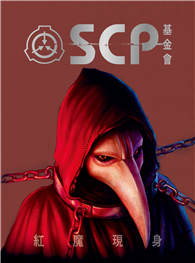| FindBook |
有 1 項符合
GOLD FEVER Part Three的圖書 |
 |
GOLD FEVER Part Three 作者:Ken Salter 出版社:Regent Press 出版日期:2017-02-15 語言:英文 |
| 圖書館借閱 |
| 國家圖書館 | 全國圖書書目資訊網 | 國立公共資訊圖書館 | 電子書服務平台 | MetaCat 跨館整合查詢 |
| 臺北市立圖書館 | 新北市立圖書館 | 基隆市公共圖書館 | 桃園市立圖書館 | 新竹縣公共圖書館 |
| 苗栗縣立圖書館 | 臺中市立圖書館 | 彰化縣公共圖書館 | 南投縣文化局 | 雲林縣公共圖書館 |
| 嘉義縣圖書館 | 臺南市立圖書館 | 高雄市立圖書館 | 屏東縣公共圖書館 | 宜蘭縣公共圖書館 |
| 花蓮縣文化局 | 臺東縣文化處 |
|
|
圖書介紹 - 資料來源:樂天KOBO 評分:
圖書名稱:GOLD FEVER Part Three
1853 begins with relative prosperity and calm for San Franciscans. More and more families from the United States and its Western Territories arrive weekly to settle in California and improve their lot. Foreign immigration, especially Chinese, French and German, continues at a brisk pace despite the limited gold left to seekers working the river gravels. It’s not long before the economy starts to slide into recession. Big banks and express companies aren’t to big to fail. Ships arrive weekly loaded with provisions and supplies for an economy that’s no longer booming. Oversupply of goods for sale leads to business failures; many competitors are forced to liquidate their stocks for pennies on the dollar by 1854. Many businesses are forced to close. Banks and express companies loaned heavily to mining companies, which can’t now repay their loans. This leads to the failure of Adams & Co., the large rival to Wells Fargo and Co., and other smaller banks and express companies follow suit. By the end of 1854 the whole state is in a severe recession. Crime rises with the hard times. Once again, armed criminals, desperados, and bandits ply their trade openly and rule the streets of San Francisco by night. Murders go unpunished and efforts to rein in gambling and prostitution fail due to a culture of cronyism and bribery. Southerners take advantage of the economic and political malaise gripping the state to advance their program to carve Southern California into a new state that allows slavery. California appears headed, like the nation, to a civil war over slavery once present and former slave owners are elected to key government and judicial offices in the state. Our story begins with Pierre and Manon preparing to build and operate a bilingual nursery and grammar school in these unsettled times. Can Manon’s high-end French restaurant remain profitable in this unpredictable environment? Can Pierre’s ambitious projects succeed? Will the anti-immigrant venom of the Know-Nothing political forces in California, which is directed at African slaves, Catholics, and the Chinese, extend to the French and other immigrants? Must San Francisco’s merchants and businessmen resort to a second Committee of Vigilance to control the criminal element sowing havoc in the city? And so the story resumes in these turbulent times.
|









 2025【精選作文範例】國文(作文)[快速上手+歷年試題](記帳士)](https://media.taaze.tw/showLargeImage.html?sc=14100120565)

